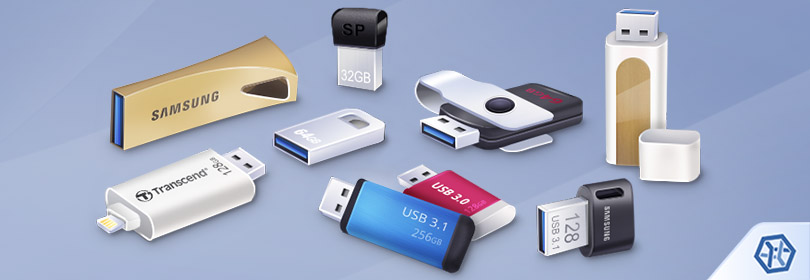Recovery from flash memory media

Flash memory media, like USB flash drives, memory cards and solid-state drives (SSD), are widely used both as a standalone portable storage media and as a storage capacity extension for a photo camera, a mobile phone or a PC.
Despite a great variety of flash memory media, they have something in common – the files stored on them will not be deleted immediately (the only exception is an SSD with the TRIM command enabled). After deletion the space taken by a file is not emptied but marked as available for further records. Therefore, photo and video files remain intact on the memory card until overwritten by other files. For this reason, it's strongly recommended to stop creating any new files on the medium and put it aside for further data recovery.
To restore files from a flash memory storage, SysDev Laboratories offers UFS Explorer Standard Recovery. This software tool works with a wide variety of file systems a flash memory medium can be formatted with.
The data recovery process includes such steps:
-
Connecting the storage to a PC (directly or with help of special adaptors).
-
Downloading, installing and launching UFS Explorer.
-
Choosing the needed storage for scanning in the list of available logical disks and partitions.
-
Starting the scanning.
-
Evaluating the quality of the found file and saving them to a safe storage.
Note: Some photo and video camera vendors apply their own developments in data storage field and use their own data storage formats. If the software cannot detect files on a memory card, it's strongly recommended to take your camera to a specialized service center.
Last update: August 09, 2022
